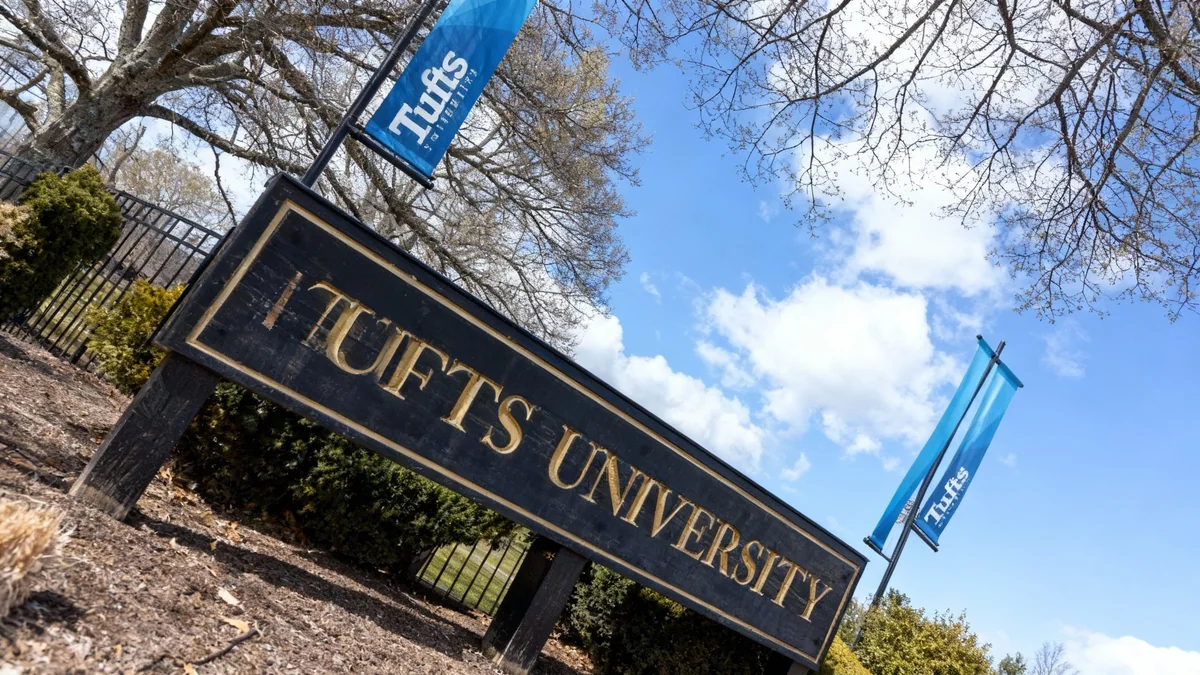The Oklahoma State Board of Education has signaled a potential shift in its approach to school accreditation, moving away from the stricter stance taken under former state Superintendent Ryan Walters. In a recent meeting, the board opted not to issue accreditation warnings to 14 school districts previously flagged by the state's education department.
This decision, made on October 23, has raised questions about the future of the state's accountability system and suggests some board members are seeking a "reset" following Walters' resignation on September 30. The move could have significant implications for how school performance is evaluated and addressed across Oklahoma.
Key Takeaways
- The Oklahoma State Board of Education bypassed a recommendation to issue accreditation warnings to 14 school districts.
- This action marks a departure from the policies of former state Superintendent Ryan Walters, who resigned in September.
- Some board members have expressed a desire to review and potentially overhaul the state's school accreditation process.
- The decision leaves the status of the 14 districts in a state of uncertainty, pending further board action.
A Change in Direction for Oklahoma Schools
In a significant move, the Oklahoma State Board of Education has chosen to pause punitive action against more than a dozen school districts. The board members declined to act on a list from the Oklahoma State Department of Education (OSDE) that recommended issuing official warnings to 14 districts regarding their accreditation status.
This development is the first major indication of a policy shift since the departure of Ryan Walters, the former state superintendent. During his tenure, the OSDE took a more aggressive approach to accreditation, often using the threat of warnings or downgrades to enforce state policies. The board's recent inaction suggests a new dynamic is emerging among state education leaders.
The decision effectively tables the issue, leaving the 14 districts without a formal warning but also without clear resolution. Observers are now watching closely to see if this represents a temporary pause or the beginning of a fundamental change in how Oklahoma oversees its public schools.
What is School Accreditation?
School accreditation is a process of quality assurance where an external body evaluates a school or district to determine if it meets a set of standards. In Oklahoma, accreditation is managed by the State Board of Education and is crucial for a school's legitimacy. It affects a school's ability to receive state funding, grant valid diplomas, and transfer credits to other institutions. An accreditation warning is a serious notice that a district is failing to meet state standards and must take corrective action.
Questioning the Process Under Walters
Several board members have reportedly voiced concerns about the credibility and fairness of the accreditation process as it was implemented under the previous administration. The period led by Ryan Walters was marked by frequent public disputes with school districts over curriculum, library books, and other policies, often culminating in threats to their accreditation.
The board's choice to halt the warning process for the 14 districts is being interpreted by many as a direct response to this history. It appears some members are now advocating for a more collaborative and less punitive system of oversight. This potential "reset" could involve re-evaluating the criteria used for accreditation and the procedures for issuing deficiencies and warnings.
This shift raises important questions about the standards that were applied previously. School administrators and teachers across the state are likely to welcome a review, hoping for a system they perceive as more supportive and consistent.
Key Figures
- 14: The number of school districts recommended for an accreditation warning.
- September 30: The date former Superintendent Ryan Walters resigned from his post.
- October 23: The date the State Board of Education met and chose not to issue the warnings.
Implications for the 14 School Districts
For the 14 school districts that were on the OSDE's list, the board's decision provides temporary relief. An accreditation warning can damage a district's reputation, create anxiety among parents and staff, and trigger intensive state monitoring. By avoiding this official sanction, these districts can continue operating without that immediate pressure.
However, the situation remains unresolved. The underlying issues that placed them on the warning list have not been dismissed, only deferred. The board will eventually need to decide how to handle these cases and what the new standards for compliance will be. This period of uncertainty could prove challenging for district leaders trying to plan for the future.
"This is not about ignoring standards; it's about ensuring the process for upholding them is fair, transparent, and ultimately serves the students," one education policy analyst noted. "The board seems to be saying they want to rebuild trust in the system before moving forward with sanctions."
The Path Forward for Oklahoma Education
The Oklahoma State Board of Education now faces the task of defining its new approach to accountability. The coming months will be critical in determining the future of the state's education policy. Key decisions will need to be made on several fronts:
- Reviewing Accreditation Criteria: The board may undertake a comprehensive review of the standards and rules that govern accreditation.
- Establishing New Procedures: New protocols for how the OSDE investigates and reports potential deficiencies could be developed.
- Engaging with Districts: The board may seek more input from local school leaders to create a more collaborative partnership rather than an adversarial one.
The outcome of this policy recalibration will affect every public school student in Oklahoma. A system that is viewed as credible and fair is essential for maintaining high educational standards and fostering public confidence. The board's next steps will be scrutinized by educators, parents, and lawmakers alike as they navigate this critical transition period.





